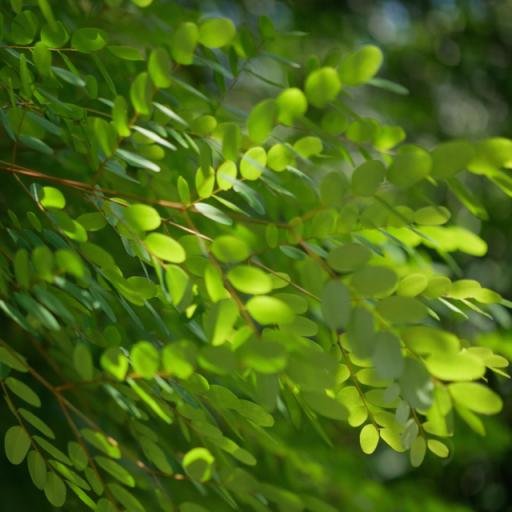
Stats
Work interests: research, editing, science communication
Affiliation/website: National Museum of Ethnology, Osaka
Preferred contact method: Any
Preferred contact language(s): English, German
Contact: email = researchcooperative-at-gmail-dot-com
Favourite publications: Various, and especially the open access versions of older journals with effective review systems
Founding Member
Affiliations: 1996-present: National Museum of Ethnology, Osaka. 1995: Freelance editor, Kyoto. 1994: JSPS Research Visitor, Kyoto University, Kyoto. 1993: Research Visitor, Australian National University, Canberra. 1991: Visiting Researcher, National Museum of Ethnology, Osaka.1990: STA Fellow, National Institute for Ornamental Plants, Vegetables, and Tea (NIVOT), Ano, Japan
Contact: National Museum of Ethnology, Senri Expo Park, Suita City, Osaka, Japan 565-8511
Biographical: Established the Research Cooperative in 2001
Favourite Publications: Various
Mr Bloomfield's Orchard
Nicholas P. Money (2002) Mr Bloomfield's Orchard: The mysterious world of mushrooms, molds, and mycologists. Oxford University Press: New York.
This is a book that anyone with an interest in biology can enjoy. I came to the book as a botanist who has been gradually becoming aware of the possible complexity of interactions between the crop I study, insects, and fungii. I needed a basic and relatively recent overview of how fungii behave in the world, and this book proved to be a good choice.
My concern is with Phytopthora colocasiae, a leaf blight disease on taro (Colocasia esculenta). Phytopthora infestans, the cause of potato blight, is introduced near the end of the book. It is famous for contributing to the Irish Famine of 1845 (the other contribution came from land, tax and trade policies that did not take into account that a starved and jobless population cannot simply purchase the food it needs: supply cannot meet demand when those in need have no capital. Phytopthora blew in on the wind, and the Irish blew out on sailing ships. One diaspora generated a second.
Money writes in an easy-to-read style that is based on long experience of explaining complex life cycles to university students. The humour used to lighten the reading is sometimes more than needed, but is usually pulled back just in time to reach the serious crux of each topic. The orchard of the title was located in the author's home village in Oxfordshire, UK. It was where he first encountered fungii in large quantities, on rotting fruit. It seems he did not immediately take to fungii, but rather found them a second time through a teacher at university.
My own research trajectory is a little similar - I first ecountered taro, a Pacific crop, growing wild next to a derelict whaling station in northern New Zealand, during a family camping trip. My academic interest did not develop until I met teachers who were passionate about the study of deep history - archaeologists of the Pacific. In this region, taro arrived early, as a crop introduced from island to island. The disease followed centuries later, in the 20th century, spreading out from somewhere in Southeast Asia. After reading a book written by a passionate mycologist, my interest in Phytopthora colocasiae has grown.
It is unlikely that I can help stop the present spread of this disease, but I might learn something useful if I keep my eyes open while studying wild populations of the host plant. And my host plant in its natural habitat might even be a good place to look for fungii that have not been seen before.
It seems that any microcosm that has not already been visited by myocologists is likely to reveal new forms of fungal life. Although most fungii are inconspicuous, they are not insignificant - they play an outsized role in wider ecology of life on Earth.











